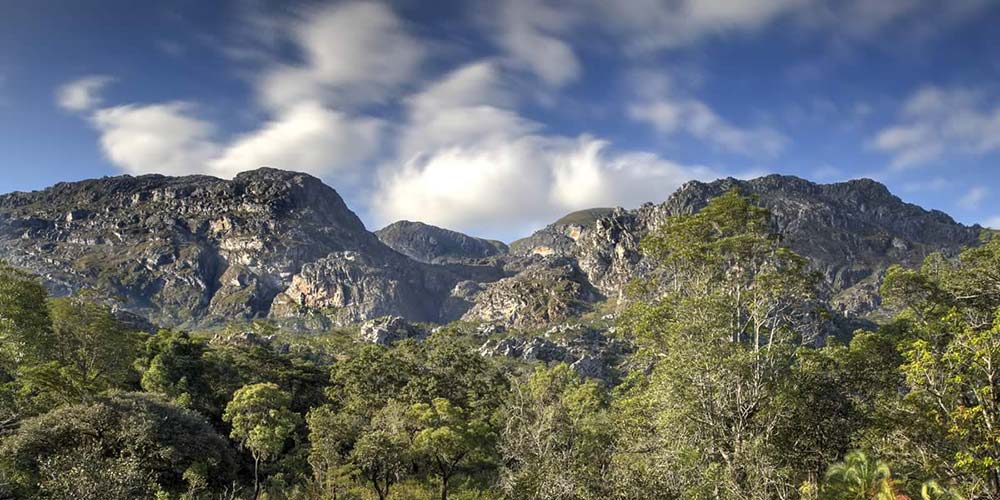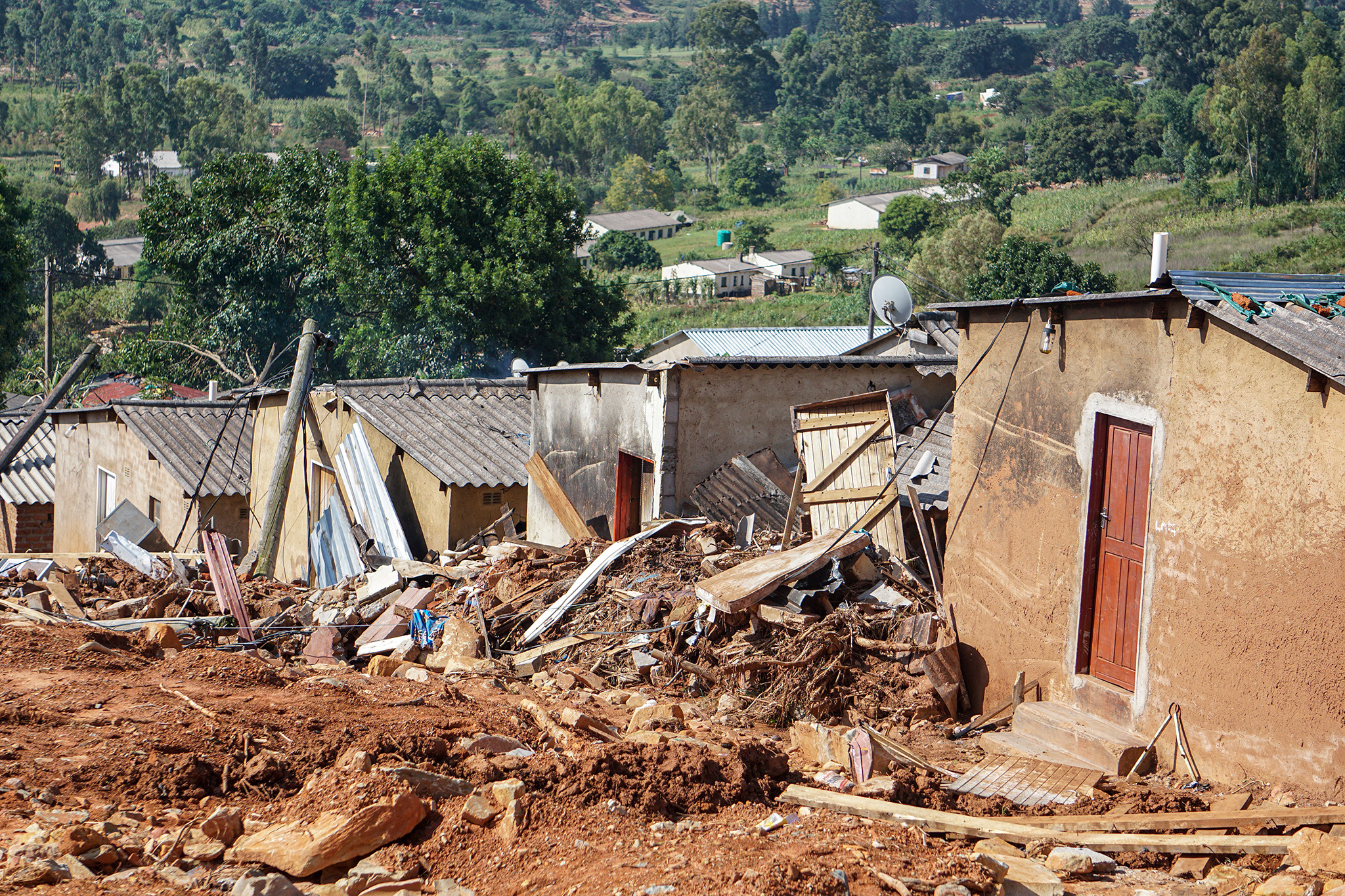Weakness In Climate Change Risk Management

Poor disaster risk management exposes Zimbabwe’s Institutional weakness in dealing with Climate Change
Hundreds of homesteads are still patched on steep slopes across Chimanimani’s mountainous terrain – dangling dangerously in harm’s way. A repeat of a weather event in the magnitude of Cyclone Idai which dumped record rains that triggered mudslides and floods that claimed the lives of over 700 people on March 15, 2019 is certain to be equally devastating. Government, it appears, only moved those at whom the global media had spotlighted – Ngangu and Kopa survivors. This is against increasing incidences of climate induced disasters, notably the South Africa’s recent mudslides that claimed over 400 people last month following unprecedented heavy rains largely affecting shanty towns. The settlement patterns of both regions are strikingly similar.
No lessons appear to have been learnt. South Africa’s catastrophe does not appear to have served as a reminder of thousands of locals’ vulnerability. Ms Chidhakwa, a fruit vendor at Skyline, Chimanimani who lives on a north-facing drop about 200 metres from her vending post has never been informed of any plans to relocate her despite her home being missed with a mudslide. “We just shifted a few metres from where we used to stay but there hasn’t been any communication of our relocation,” Ms Chidhakwa said.
She shares the same fate with hundreds of villagers across the district. Stella Mwareya’s house in Muchadziya was partially destroyed by mudslides but she continues to live in the cracked house. “My name was recorded among those whose houses were destroyed but we have not heard anything concrete with regards to relocation,” Mwareya said. Just over 200 families have benefitted from the housing units in Chimanimani from over a thousand families that were affected initially. Many have melted back into the communities despite having taken up shelter in tents at some point after the disaster.



Some of them did not find the idea of relocation palatable. There is however little to envy for those who were moved out of harm’s way to flat terrain. Many are locking their doors and going back to Chimanimani and Rusitu valley to rent rooms to continue with their hustle as promised irrigation projects are yet to be completed. “I know of at least two relatives who have come back and are now renting in their old neighbourhood because they feel the new settlements are not yet sufficiently supported with income generating projects to sustain them,” Lorraine Sithole a Ngangu resident said.
They are effectively back in harm’s way. Zimbabwe, it seems, is in no better state to deal with climate induced weather extremes beyond communities’ collective sense of vulnerability with news of tropical cyclones and depressions bringing with it anxiety. With over 340 people still to be accounted for since the 2019 national disaster survivors of the extreme weather event remain on edge psychologically. Only this year they felt threatened by two monster storms – that were only later downgraded to tropical depressions. Even then, they never felt safe. As if to confirm, it was a tropical depression that killed the over 400 in South Africa.




